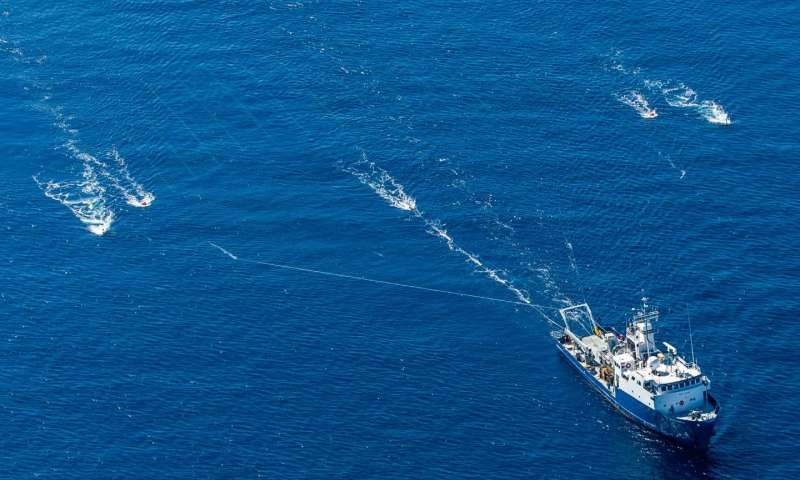
The Newport-Inglewood and Rose Canyon faults had been considered separate systems but the study shows that they are actually one continuous fault system running from San Diego Bay to Seal Beach in Orange County, then on land through the Los Angeles basin.
"This system is mostly offshore but never more than four miles from the San Diego, Orange County, and Los Angeles County coast," said study lead author Valerie Sahakian, who performed the work during her doctorate at Scripps and is now a postdoctoral fellow with the U.S. Geological Survey. "Even if you have a high 5- or low 6-magnitude earthquake, it can still have a major impact on those regions which are some of the most densely populated in California."
The study, "Seismic constraints on the architecture of the Newport-Inglewood/Rose Canyon fault: Implications for the length and magnitude of future earthquake ruptures," appears in the American Geophysical Union's Journal of Geophysical Research.
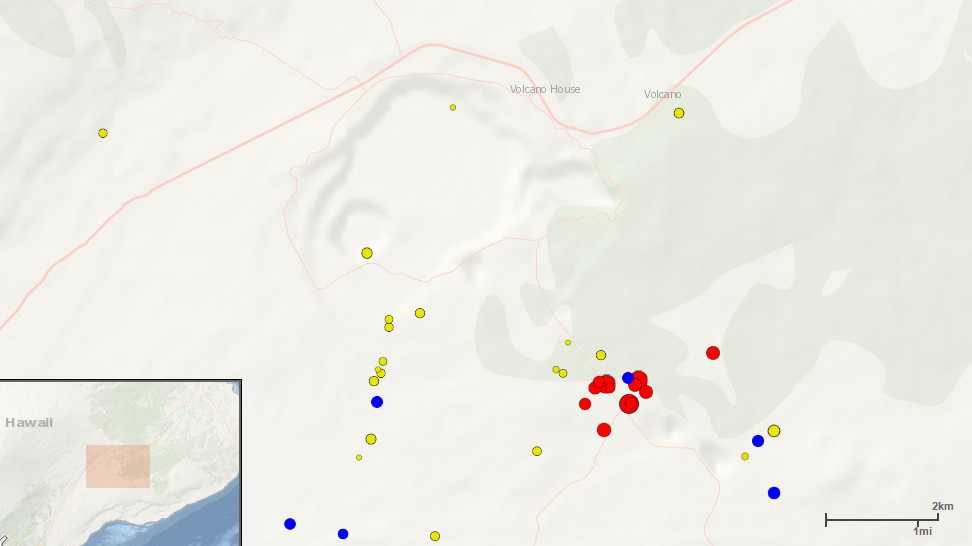
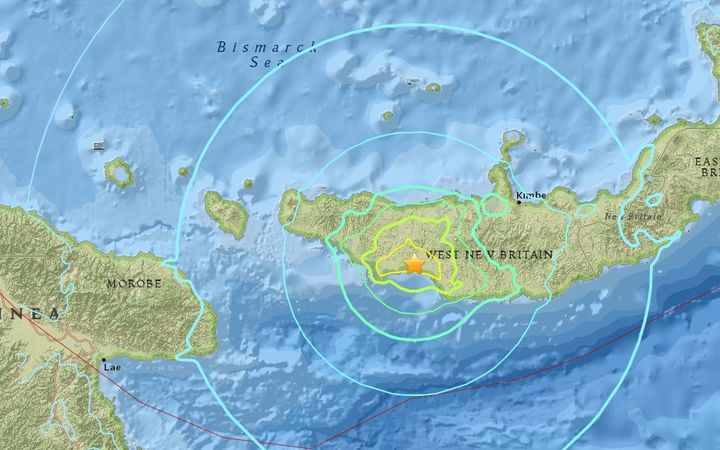

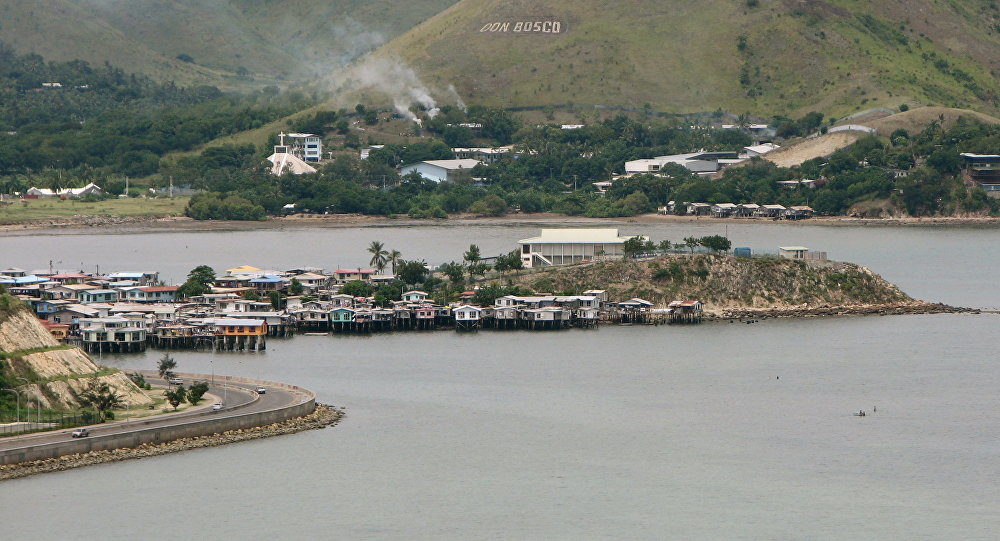
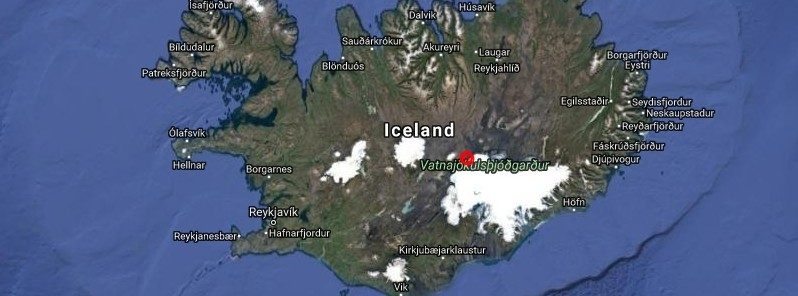
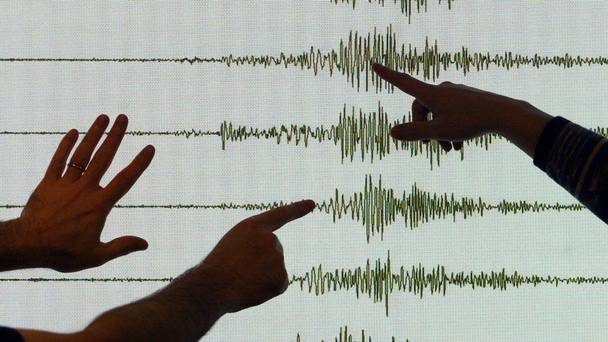
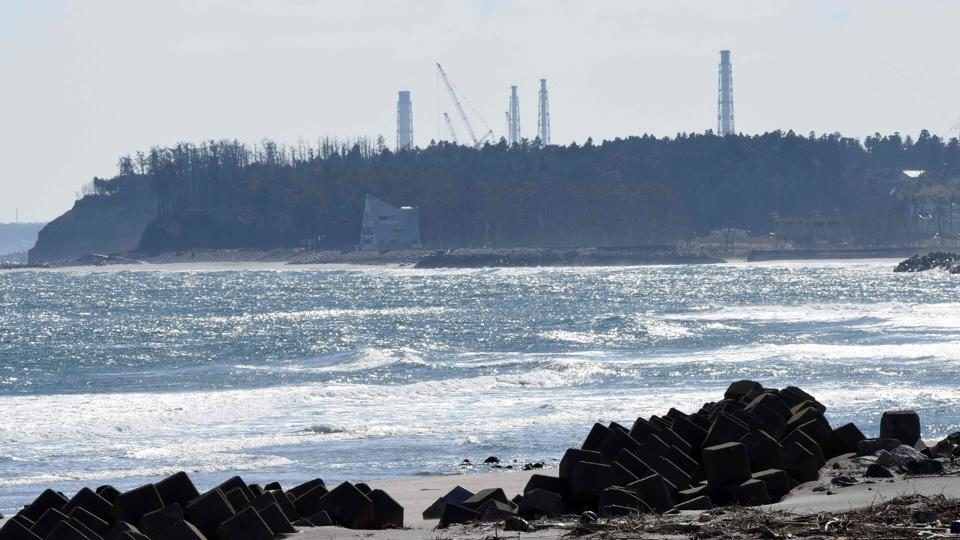
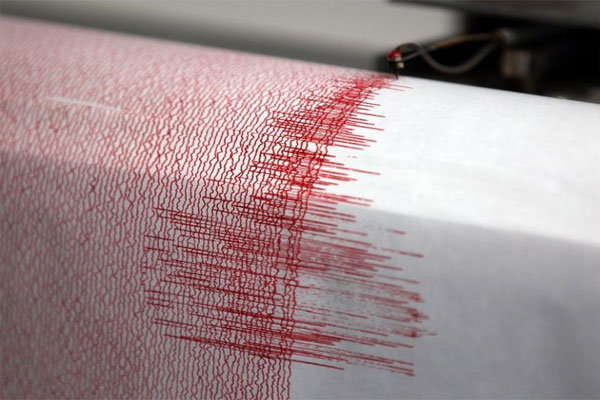




Comment: See also:
USGS says 'no getting out of this': Major earthquake 'certain' to hit Southern California